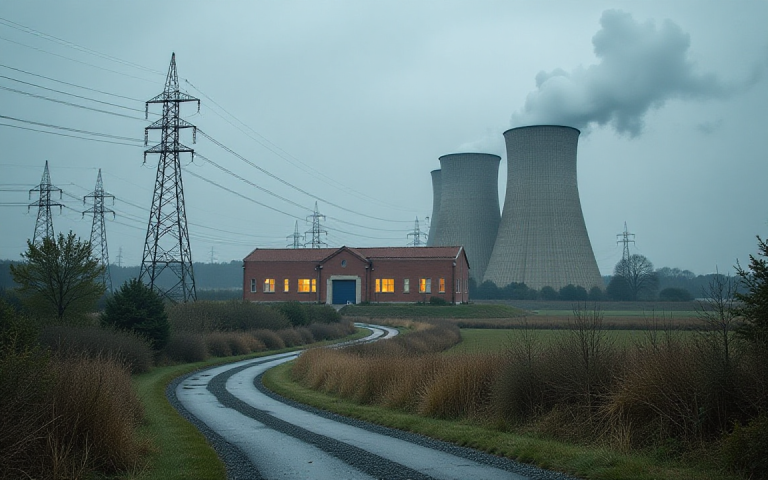Since 2022, US retail power prices have escalated by 13%, surpassing the Consumer Price Index (CPI) and consequently increasing consumer expenses.
Rystad Energy’s analysis indicated that while many attribute the recent surge in power prices to increased demand from data centers, these centers have not yet significantly impacted current power prices.
Rystad anticipated significant challenges in meeting the projected surge in energy demand.
Rising power prices and impact
These difficulties stem from critical supply-side constraints, such as the retirement of existing generators, extended timelines for interconnection, and inherent risks to project viability.
“Retail power prices reflect the mounting financial costs of capacity charges, transmission and distribution (T&D) fees, and system maintenance costs, all of which have been trending upward as grids adapt to rising data center demand and renewables integration,” Marina Domingues, vice president and head of US new energies at Rystad Energy, said in the analysis.
If the energy transition and growth of data centers are expected to be globalized, these growing pains will only increase in complexity as they are applied to less resilient power grids and markets.
Source: Rystad Energy
Wholesale and retail price disparity
The energy market in the US is currently experiencing a significant disparity between wholesale and retail electricity prices.
While nominal wholesale power prices have demonstrated a degree of stability since 2023, retail rates have skyrocketed, imposing substantial financial burdens on consumers.
Retail consumers are now grappling with astronomical increases in their electricity costs, often paying premiums as high as 300% compared to wholesale rates, according to Rystad Energy.
This stands in stark contrast to the wholesale market, where premiums typically hover around 120%, though these figures can vary depending on the specific region.
This widening gap highlights a complex interplay of factors within the energy supply chain, from generation and transmission to distribution and market regulation.
Markets significantly impacted are those needing substantial Transmission and Distribution (T&D) infrastructure enhancements.
These upgrades are crucial for integrating variable renewable energy sources. Examples include the New England Independent System Operator (NE-ISO), California ISO (CAISO), and New York ISO (NYISO), Rystad said.
These market regions are experiencing increased pressure due to a combination of rising electrification rates and operational difficulties stemming from intermittent power generation.
Data centers
Although traditional sectors continue to be the primary drivers of US consumption, data centers are swiftly becoming a key factor in structural load growth, according to the Norway-based energy intelligence company.
This shift is fundamentally changing the load profile, leading to more pronounced peaks and higher demands on grid flexibility, it said.
While residential and industrial sectors will continue to be the primary consumers, data center demand is expected to see a significant surge.
Starting from negligible levels in the early 2020s, data centers are projected to account for 12% of total demand by 2030 and further increase to 21% by 2050.
“The widening gap between rising retail power prices and flat wholesale power prices signals a growing divergence of energy and reliability pricing across the US,” Domingues added.
While this shift is still in its infancy, upward cost pressures related to maintaining resource adequacy and system capacity will become more prevalent in consumer bills, especially where data centers are being constructed near residential areas.
The post US retail power prices soar: data centers and supply constraints drive up costs appeared first on Invezz

